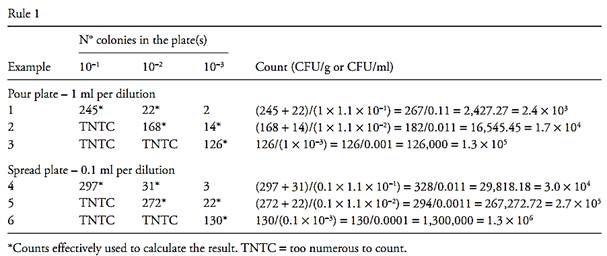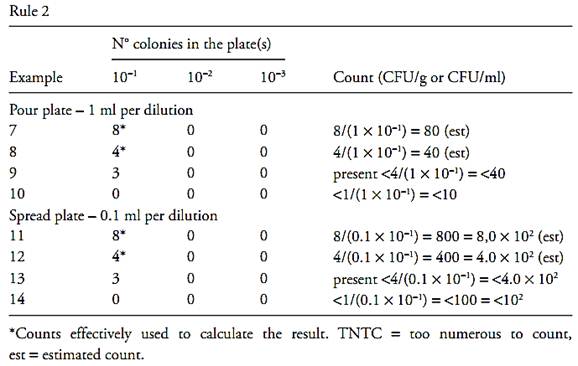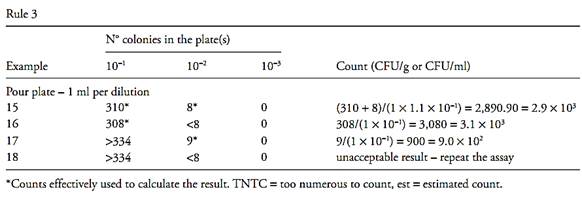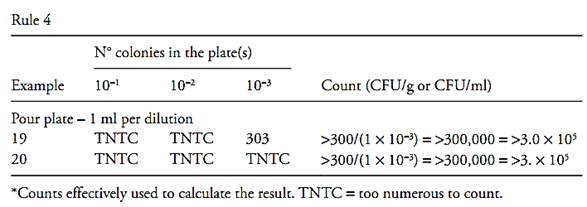

النبات

مواضيع عامة في علم النبات

الجذور - السيقان - الأوراق

النباتات الوعائية واللاوعائية

البذور (مغطاة البذور - عاريات البذور)

الطحالب

النباتات الطبية


الحيوان

مواضيع عامة في علم الحيوان

علم التشريح

التنوع الإحيائي

البايلوجيا الخلوية


الأحياء المجهرية

البكتيريا

الفطريات

الطفيليات

الفايروسات


علم الأمراض

الاورام

الامراض الوراثية

الامراض المناعية

الامراض المدارية

اضطرابات الدورة الدموية

مواضيع عامة في علم الامراض

الحشرات


التقانة الإحيائية

مواضيع عامة في التقانة الإحيائية


التقنية الحيوية المكروبية

التقنية الحيوية والميكروبات

الفعاليات الحيوية

وراثة الاحياء المجهرية

تصنيف الاحياء المجهرية

الاحياء المجهرية في الطبيعة

أيض الاجهاد

التقنية الحيوية والبيئة

التقنية الحيوية والطب

التقنية الحيوية والزراعة

التقنية الحيوية والصناعة

التقنية الحيوية والطاقة

البحار والطحالب الصغيرة

عزل البروتين

هندسة الجينات


التقنية الحياتية النانوية

مفاهيم التقنية الحيوية النانوية

التراكيب النانوية والمجاهر المستخدمة في رؤيتها

تصنيع وتخليق المواد النانوية

تطبيقات التقنية النانوية والحيوية النانوية

الرقائق والمتحسسات الحيوية

المصفوفات المجهرية وحاسوب الدنا

اللقاحات

البيئة والتلوث


علم الأجنة

اعضاء التكاثر وتشكل الاعراس

الاخصاب

التشطر

العصيبة وتشكل الجسيدات

تشكل اللواحق الجنينية

تكون المعيدة وظهور الطبقات الجنينية

مقدمة لعلم الاجنة


الأحياء الجزيئي

مواضيع عامة في الاحياء الجزيئي


علم وظائف الأعضاء


الغدد

مواضيع عامة في الغدد

الغدد الصم و هرموناتها

الجسم تحت السريري

الغدة النخامية

الغدة الكظرية

الغدة التناسلية

الغدة الدرقية والجار الدرقية

الغدة البنكرياسية

الغدة الصنوبرية

مواضيع عامة في علم وظائف الاعضاء

الخلية الحيوانية

الجهاز العصبي

أعضاء الحس

الجهاز العضلي

السوائل الجسمية

الجهاز الدوري والليمف

الجهاز التنفسي

الجهاز الهضمي

الجهاز البولي


المضادات الميكروبية

مواضيع عامة في المضادات الميكروبية

مضادات البكتيريا

مضادات الفطريات

مضادات الطفيليات

مضادات الفايروسات

علم الخلية

الوراثة

الأحياء العامة

المناعة

التحليلات المرضية

الكيمياء الحيوية

مواضيع متنوعة أخرى

الانزيمات
Counting colonies and calculating results according to ISO 7218:2007
المؤلف:
SILVA, N.D .; TANIWAKI, M.H. ; JUNQUEIRA, V.C.A.; SILVEIRA, N.F.A. , NASCIMENTO , M.D.D. and GOMES ,R.A.R
المصدر:
MICROBIOLOGICAL EXAMINATION METHODS OF FOOD AND WATE A Laboratory Manual
الجزء والصفحة:
20-3-2016
5299
Counting colonies and calculating results according to ISO 7218:2007
Calculating the results of plate counts according to the ISO methods is a little different from the procedures described in item 3.6. ISO 7218:2007 considers plates of 90 mm in diameter containing a number of colonies between 10 and 300, of two successive dilutions, to calculate the results. The amount of sample inoculated on the plates of the two dilutions is also taken into account to calculate the results. The rules are described in more detail below.
Note. In counts of specific microorganisms, in which only confirmed colonies are taken into account, the rules to be applied vary with the specific standard, and the corresponding specific chapters should be consulted
Rule 1 – General. The general rule for calculating
the results is:
CFU/g or CFU/ml = ∑c /Vx 1-1xd
where Σc is the sum of the colonies on the two dishes counted from two successive dilutions, V is the volume of inoculum placed in each dish (in milliliters) and d is the first dilution retained (Examples 1 to 6:(
Rule 2 – None of the plates reached 10 colonies. If none of the plates displayed a number of colonies greater than or equal to ten, calculate the results as described below:
2a) If the number of colonies is greater than or equal to four, calculate the result as in rule one, but report as “estimated count” (Examples 7, 8, 11, 12).
2b) If the number of colonies is smaller than four in all the plates, calculate the result of four colonies and report as “present (smaller than the value obtained)” (Examples 9, 13).
2c) If none of the plates presented growth at all, calculate the result of one colony and report as “smaller than the value obtained” (Examples 10, 14).
Rule 3 – Number of colonies greater than 300 in one dilution and smaller than 10 in the next dilution. If in one dilution the number of colonies was above 300 and in the next dilution lower than 10, calculate the results as described below:
3a) If the number of colonies on the plates was not greater than 334 (upper limit of the confidence interval) or smaller than eight (lower limit of the confidence interval), calculate the result as in rule one, using the plates of the two dilutions in the calculations (Example 15).
3b) If a plate presented less than 334 colonies, but in the subsequent dilution the number of colonies was smaller than eight, consider only the highest value in the calculations (Example 16).
3c) If a plate presented more than 334 colonies, but in the subsequent dilution the number of colonies was not smaller than eight, consider only the lowest value in the calculations (Example 17).
3d) If a plate presented more than 334 colonies and in the subsequent dilution the number of colonies was smaller than eight, the test must be repeated, since this is an unacceptable result (Example 18).
3e) There are tests in which the recommended count range goes from 10 to 150 colonies. In these cases, the upper limit of the confidence interval is 167 colonies and the lower limit is seven colonies. Here, rules 3a, 3b, 3c and 3d apply, adjusted to these limits.




Rule 4 – All plates contain more than 300 colonies. In these cases, calculate the result of 300 colonies and report the result “greater than the value obtained” (Examples 19, 20).
References
Silva, N.D .; Taniwaki, M.H. ; Junqueira, V.C.A.; Silveira, N.F.A. , Nasdcimento , M.D.D. and Gomes ,R.A.R .(2013) . Microbiological examination methods of food and water a laboratory Manual. Institute of Food Technology – ITAL, Campinas, SP, Brazil .
International Organization for Standardization (2007) ISO 7218:2007. Microbiology of food and animal stuffs – General requirements and guidance for microbiological examinations. Geneva, ISO.
 الاكثر قراءة في البكتيريا
الاكثر قراءة في البكتيريا
 اخر الاخبار
اخر الاخبار
اخبار العتبة العباسية المقدسة

الآخبار الصحية















 قسم الشؤون الفكرية يصدر كتاباً يوثق تاريخ السدانة في العتبة العباسية المقدسة
قسم الشؤون الفكرية يصدر كتاباً يوثق تاريخ السدانة في العتبة العباسية المقدسة "المهمة".. إصدار قصصي يوثّق القصص الفائزة في مسابقة فتوى الدفاع المقدسة للقصة القصيرة
"المهمة".. إصدار قصصي يوثّق القصص الفائزة في مسابقة فتوى الدفاع المقدسة للقصة القصيرة (نوافذ).. إصدار أدبي يوثق القصص الفائزة في مسابقة الإمام العسكري (عليه السلام)
(نوافذ).. إصدار أدبي يوثق القصص الفائزة في مسابقة الإمام العسكري (عليه السلام)


















